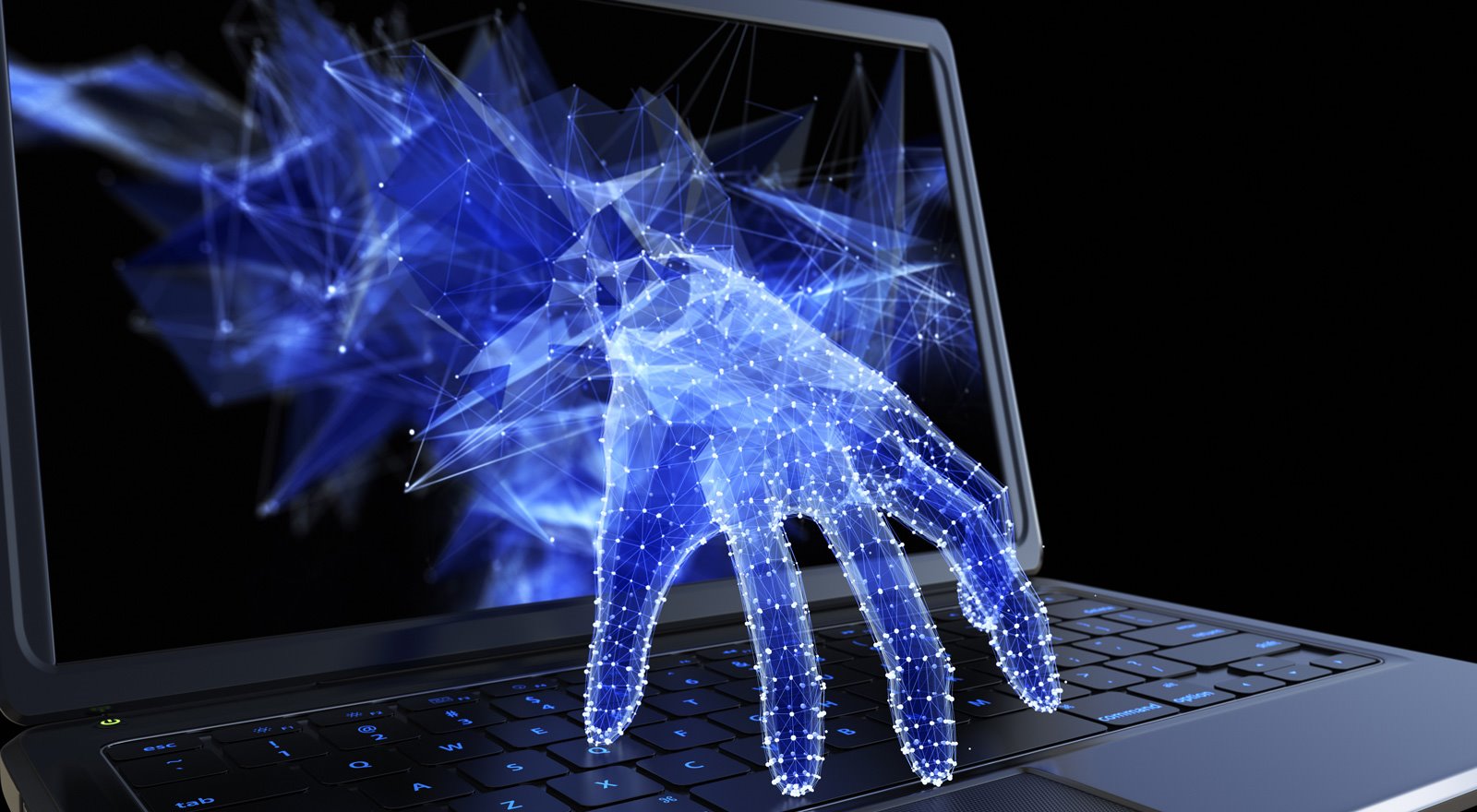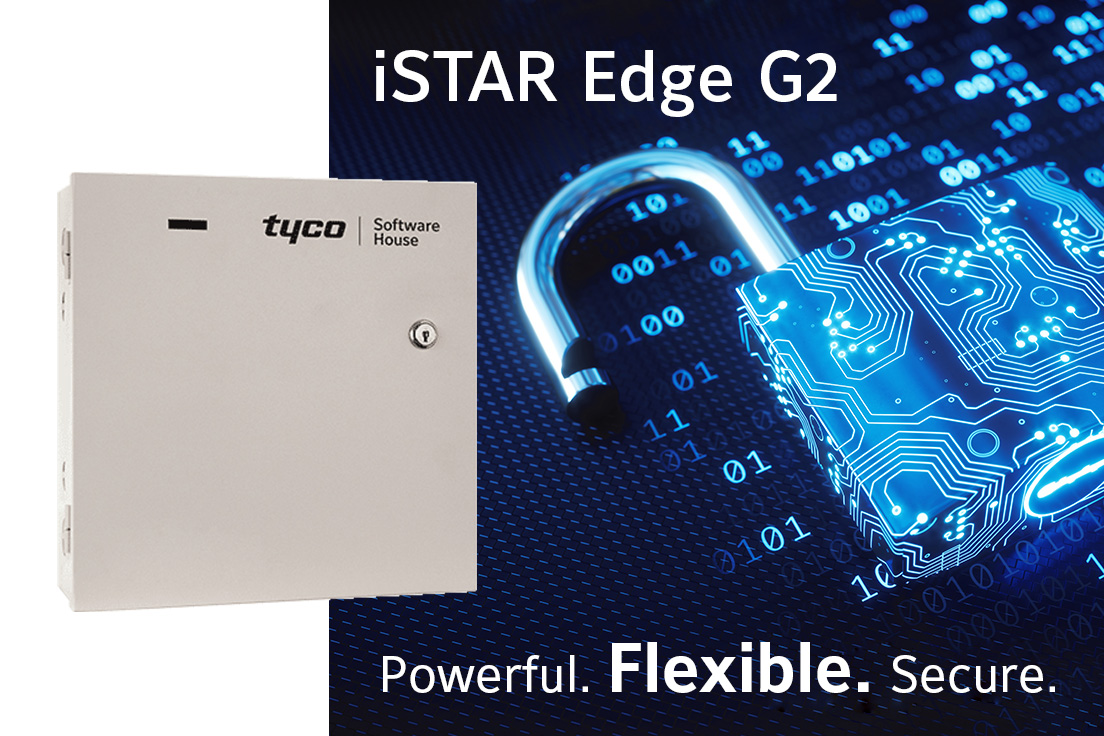
Facing the evolving hacker head-on
The critical importance of Trusted Execution Environment
in access control
The cost of cybercrime is on the rise
An unfortunate consequence of a well-connected world (i.e., the proliferation of the Internet of Things), is that the cost of cybercrime has gone up – a lot. A recent report has put a number on it: worldwide, cybercrime costs an estimated $600 billion USD each year, up from $500 billion in 2014 1.
Poorly protected IoT devices can be a particular problem, providing new, easy ways for hackers to steal information or gain access to valuable data, networks or physical assets. (source 4) In fact, recent data suggests the cost of poorly protected device identities is between $15B and $21B or between 9% to 13% of the total U.S economic loss caused by cyber events (estimated to be $163 billion)2.
All of these big numbers add up to one truth: the need has never been greater for trusted identification of connected devices. Enter Trusted Execution Environment (TEE).

The cost of poorly protected device identities is between $15B and $21B or between 9% to 13% of the total US economic loss caused by cyber events (estimated to be $163 billion2.
A Trusted Execution Environment is a secure, isolated area of a main processor that guarantees confidentiality and integrity of code and data.
Trusted Execution Environment (TEE) is a secure, isolated area of a main processor that provides ensured execution integrity of applications, along with confidentiality of assets such as credentials, certificates, keys and data. It provides high levels of trust in the asset management of that surrounding environment because these assets are protected at rest from “unknown” attackers external to the TEE on the device.
Specifically, the “trust” part of TEE requires that all TEE related assets, code, and other components of the device’s boot chain (e.g., the boot loader, the operating system platform, installed application images) have been installed and started through a methodology that requires the initial state to be as expected:
- Firmware is verified at bootup: Linux files and device firmware are loaded, and a secure memory partition for the Trusted Execution Environment is created
- Content is validated to have not been modified while stored at rest
- Credentials (e.g., keys & certificates) are protected – even from application programs and anything in the untrusted domain
- Content is encrypted on the disc and decrypted while it transfers from one section of the memory to another, freeing up the processor
Once integrity is verified, the bootloader enables access to the encrypted file systems and transfers execution to the next stage in the bootstrap process.
Hackers hate TEE
TEE employs next level security hardening
Isolation is the key to a more security-hardened device, and hardening is the process of securing a system by reducing its surface of vulnerability. Reducing available ways of attack typically includes changing default passwords, the removal of unnecessary software, unnecessary usernames or logins, and the disabling or removal of unnecessary services. Combining the concept of isolation and security hardening is the essence of TEE and is the enemy of our enemy (hackers).

Enhanced security
Hackers are notoriously smart. They make a living from devising methods of decrypting encryption. TEE goes beyond encryption – it creates locked-down “trust zones”, dividing resources of the processor package and peripherals into trusted domains. Quite simply, credentials, certificates, keys, etc. are stored in such a way that they are INACCESSIBLE to hackers - even when power is interrupted.
There’s no debate that TEE makes devices more secure, but it also can also increase performance and functionality.
Flexible approach to advanced hardware-based cybersecurity
The TEE is an evolution of the more fixed approach of Trusted Platform Module (TPM), which stores encryption keys on a specialized chip.
Increased performance and functionality
TEE is a supreme multi-tasker – encrypting content while it is stored in non-volatile memory and decrypting it while transfers to another section of memory. This frees up the processor and allows it to perform at a higher level. And, because TEE is a software (firmware) solution, its functionality can be customized and updated easily.
TEE is basically a hardened, super-performance enabler.
Just the kind of thing you need in your access control solution.
TEE should be expected in physical access control solutions
Access control devices live in the IoT universe
If you’ve read this far, you probably have some level of responsibility for your company’s physical access control system.
Regardless of how many buildings or devices you may have installed in your application, they are often networked to each other, to third-party devices, and to host client computing devices using an IoT or IP networking infrastructure – making them potential targets for cyberattacks.
We all remember how easy it’s been historically for hackers to access devices via the serial port, etc. With TEE, any attempts to modify the system would render it ‘unbootable’.
TEE-protected access control devices provide a higher level of trust in validity, isolation and protection of assets stored in this space. This then ripples down to an assertion that the trusted OS and applications executing inside that space are more trustworthy.

The TEE is increasingly playing a central role in preventing high-profile hacking, data breaches and use of malware, all of which can result in significant brand damage3.
| Security with Trusted Execution Environment | Traditional Security |
| Isolated execution | Confidentiality |
| Secure storage | Integrity |
| Remote Attestation | Availability |
| Secure Provisioning | |
| Trusted Path; |

iSTAR Edge G2: first cyber-hardened IP edge access control device to utilize TEE
iSTAR Edge G2 from Tyco Software House is the first access control edge device to utilize TEE to guarantee confidentiality and integrity of code and data. This provides reliable storage of keys and other cryptographic materials and manages a secure boot process to guarantee authenticated sources for hardware and software.
- Secure manufacturing from inception – personalized and secured with a proper, established chain of trust
- Secure boot – entire boot sequence is authenticated
- Secure updates – the device will only update using software that is considered trusted
iSTAR is already known as one of the more security-hardened IP edge portfolios on the market, and the addition of iSTAR Edge iSTAR Edge G2 and its TEE implementation bolsters its advanced cybersecurity protection.
The additional security of iSTAR Edge G2
Beyond TEE, iSTAR Edge G2 also features:
- Secure Communications – TLS 1.3, with unique certificates
- Secure Storage – all non-volatile memory encrypted
- Secure Web – TLS 1.3 web page, per-panel strong password; can be managed/disabled from C•CURE 9000
- 802.1X Port Authentication – Layer 2 port authentication
- Embedded Firewalls – limits communications to only known trusted hosts, blocks hackers, packet flood attacks, buffer overflow attacks
- Security Violation Detection – iSTAR Edge G2 reports to C•CURE 9000 all attempts to upgrade with non-authenticated or corrupt firmware; consecutive web login failures and other security violations
- Physical Service Ports Removed – JTAG port, console port
Advanced cyber protection for security you can trust
Hackers are here to stay. It’s an unfortunate reality, but one that has partially formed the industry and professions that employ many of us. These ‘bad actors’ evolve quickly, and so then must the technology used to impede them.
Trusted Execution Environment (TEE) is one such technology. It enables modern devices to provide a massive range of functionality, while at the same time meeting the requirements of software developers, service providers, and security professionals who care about privacy, attestation, authentication, validation, manageability and all aspects of security.
References
- The cost of cybercrime. Internet Society. Published February 23, 2018. Access December 14, 2020. https://www.internetsociety.org/blog/2018/02/the-cost-of-cybercrime/
- Mismanagement of Device Identities Could Cost Businesses Billions: Report. Published February 24, 2020. Accessed December 14, 2020. https://rootdaemon.com/2020/02/24/mismanagement-of-device-identities-could-cost-businesses-billions-report
- Trusted execution environments: What, how and why? TechTarget IoT Agenda. Published April 18, 2018. Accessed December 19, 2020. https://internetofthingsagenda.techtarget.com/blog/IoT-Agenda/Trusted-execution-environments-What-how-and-why